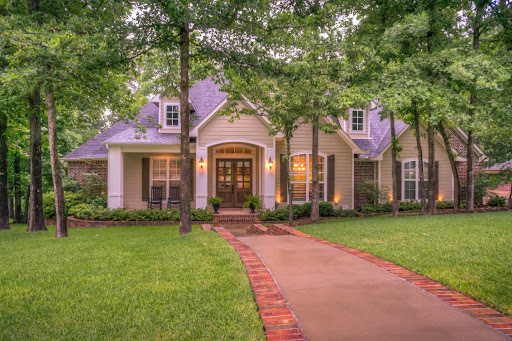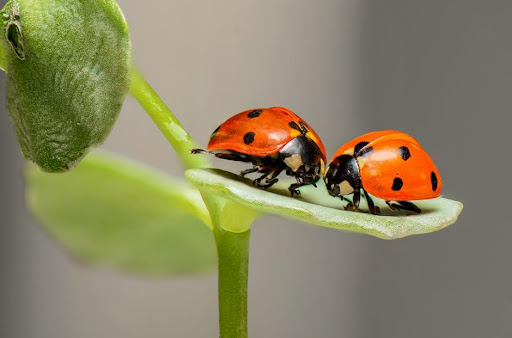Spring has officially sprung, and with it, the time has come to make adjustments to your lawn and garden. It’s crucial to improving your home’s value as well, as over 79% of Americans consider the lawn an important feature when buying a house.
If you’re tired of looking at a barren patch of dirt, or want to freshen up the look of your lawn, never fear. Our guide will show you some of the amazing types of lawn grass that you can use for your yard today. Let’s begin!
Planting Seeds for the Warm Season
Most people planting their first lawn will do so when the weather warms up. If you live somewhere closer to the equator, you’ll need grasses that can survive on higher temperatures and the humidity present in those regions.
Warm season grass, the smart homeowner knows, grows in the southern/southeastern regions of the United States. The types of grass that qualify for this classification include:
- Bermuda grass
- St. Augustine grass
- Centipede grass
- Zoysia grass
Of these, St. Augustine grass holds up best to extreme temperatures and moisture. It, along with Zoysia grass, are slow to grow but hearty once grown in. However, Bermuda grass remains the most popular lawn choice in many locations due to its vibrant green tones.
Keeping Green in the Cold Season
When you live in the northern parts of the US, getting the best lawn care often involves keeping your lawn alive during wild temperature fluctuations and bands of frost. If you opt to plant seeds for your lawn, your best choices will include:
- Kentucky bluegrass
- Fine fescue grass
- Perennial ryegrass
- Tall fescue grass
Bluegrass and ryegrass tend to be the most resilient types of lawn grass for northern yards. However, Kentucky bluegrass is especially popular due to its vibrant color and ability to repair itself over time.
In fact, we recommend Kentucky bluegrass as part of your lawn seed mix if you have a barren lot. It can help reclaim those patches of land where other grasses might not take root.
All-Season Terrain: Artificial Turf
So, what happens if you want a gorgeous lawn, but don’t want to wait for seeds to grow, what can you do? Simply put, you can install artificial turf in your yard. It’s low-maintenance, can look however you want it, and won’t require your constant upkeep.
However, even artificial lawns aren’t completely free from pests. While they may not be able to dig deep and lay eggs in the soil, you can still encounter fleas, ticks, and other nasty creatures on the top layer.
If that happens, call the professionals at Heartland Turf & Landscape. They can come out and take care of your pest issue.
Want to Learn More About Planting and Caring for Lawn Grass?
We hope that you found this guide to the different types of lawn grass that you can install in your yard helpful! However, planting the lawn is only the first part of the job. You need to be able to maintain it and help it grow.
So, if you need residential lawn care tips to ensure that your yard looks evergreen, check out the Home and Garden section of our blog! We update there each day with more guides like this one.





